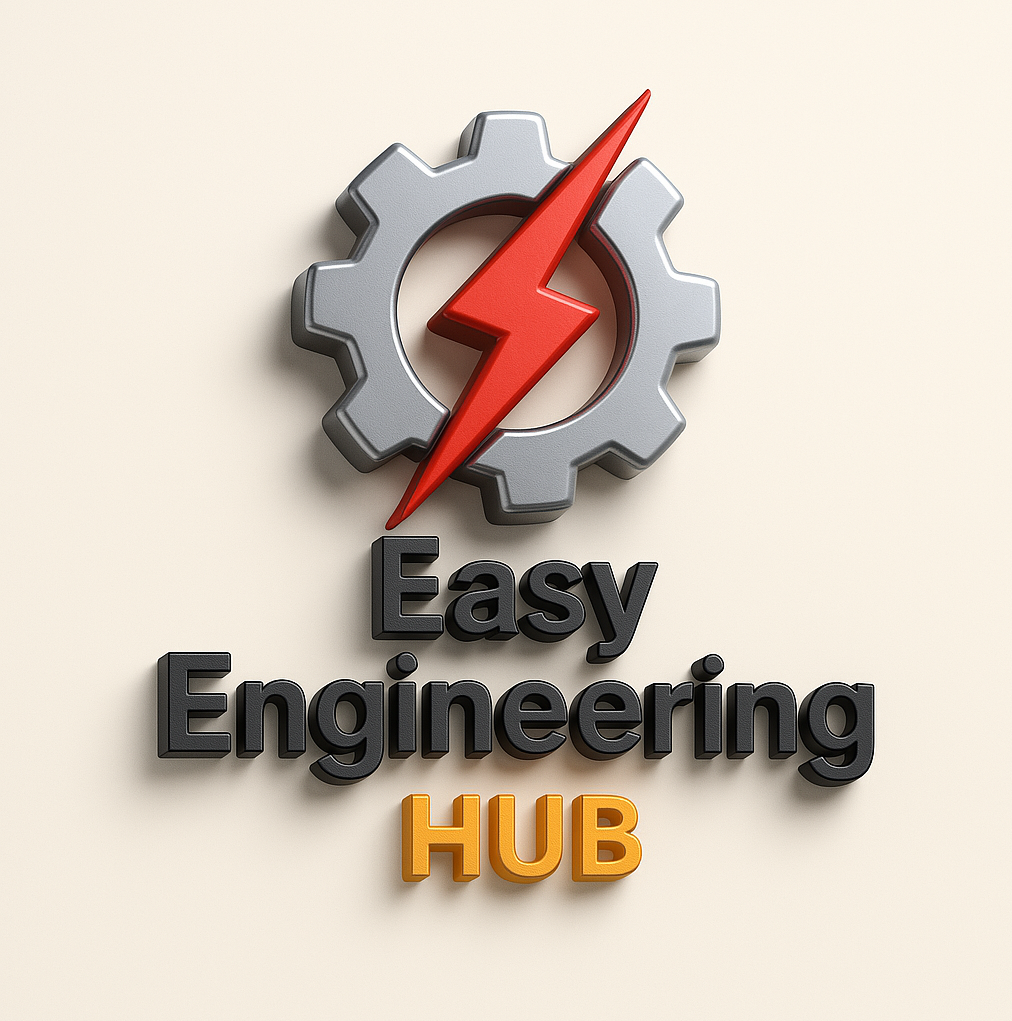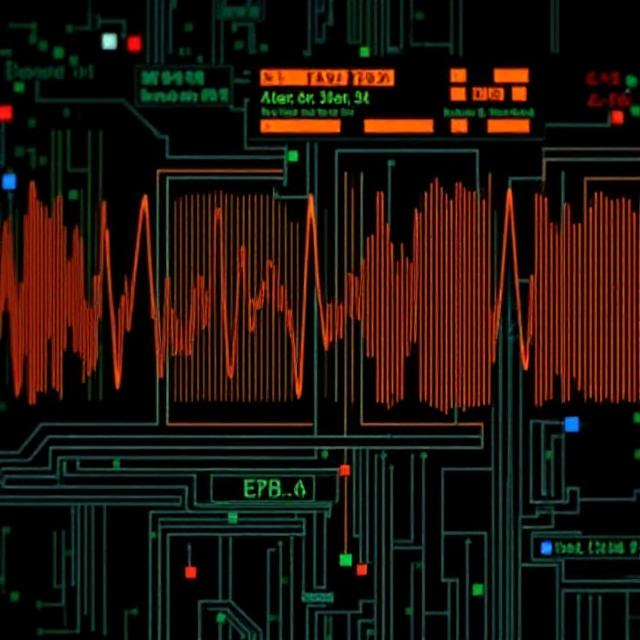1. What is a PCB?
A Printed Circuit Board (PCB) is a flat board that connects and holds all the components (like resistors, capacitors, and chips) of an electronic device, such as a phone, computer, or TV. It’s the “backbone” of any electronic system.

2. Structure of a PCB
A PCB is usually made of:
- Base material: A thin, sturdy material (like fiberglass) that holds everything together.
- Copper layer: A thin layer of copper is placed on top of the base. This copper is used to make electrical connections.
- Solder mask: A green (or other color) coating that protects the copper traces and prevents short circuits.
- Silkscreen layer: This layer contains labels for components and helps you identify where things go.
3. What is PCB Design?
PCB Design is the process of creating a layout for the PCB that defines how the electronic components will be connected. It involves:
- Placing components: You need to figure out where each component should go on the board.
- Routing connections: After placing the components, you draw electrical connections (called traces) between the components to make them work together. These traces are like the “wires” of the PCB.
4. Steps in PCB Design:
a. Schematic Design
Before designing the actual PCB, you first create a schematic diagram. This is like a map showing how all the electronic parts are connected logically. It doesn’t show the physical layout of the components yet, just their electrical connections.
b. Component Placement
Once the schematic is ready, the next step is to place the components on the board. This is important because the placement affects the performance of the circuit. Components should be placed in a way that minimizes interference, makes routing easier, and fits the physical size of the device.
c. Routing the PCB
After placing the components, you need to connect them using traces (thin copper paths). Routing means drawing these paths to connect the pins of the components that need to communicate with each other.
d. Design Rules Check (DRC)
Once the routing is done, a Design Rules Check is run. This is a process that ensures:
- Traces aren’t too close together (which could cause short circuits).
- The width of the traces is appropriate for the amount of current they’ll carry.
- Components are not overlapping or too close to the edges of the board.
e. Creating Gerber Files
Once everything is set, you generate Gerber files, which are like blueprints for manufacturing the PCB. These files tell the manufacturer exactly how to create the board, including where to drill holes for components and how to apply the copper layer.
5. Tools for PCB Design
There are several software tools used to design PCBs, such as:
- Eagle
- KiCad
- Altium Designer
- EasyEDA
These tools allow you to draw the schematic, place components, and route traces.
6. Manufacturing the PCB
Once the design is finalized, the PCB is ready to be manufactured. The steps to make the physical PCB include:
- Printing the design onto the copper board.
- Etching away the unwanted copper.
- Drilling holes for the components.
- Applying solder mask and silkscreen layers.
7. Assembly
After the PCB is manufactured, the electronic components (like resistors, capacitors, chips) are soldered onto the board, either by hand or with automated machines.
8. Testing
Finally, the PCB is tested to make sure everything works as expected. If any issues are found, they are fixed by modifying the design and going through the process again.
Conclusion
PCB design is a crucial part of creating electronic devices. It requires careful planning to ensure that all components are placed correctly and connected properly. The whole process goes from creating a schematic to placing components, routing connections, checking for errors, and finally manufacturing the board.











